A variety [Catuai] Cato derived from Arabica species
For professional baristas, please follow the coffee workshop (Wechat official account cafe_style)
A variety [Catuai] Katuai derived from Arabica species
It was bred in 1949 by crossing Mundo Novo (Typica x bourbon) CP 37419 and Huang Caturra (bourbon mutation) C476-11. It was released after Brazilian IAC pedigree selection (single plant selection for successive generations) in 1972. Green top, there are red and yellow fruit, but also a green variety Ouro Verde, acidity, yellow beans when cold, have an impure taste like oil. There are many excellent selected departments in different countries.
Catuai in Honduras accounts for nearly half of the acreage. IHCAFE researchers are actively looking for improvements to Catuai, including hybrids between Catuai and Timor.
Catuai is also important in Costa Rica, where yellow fruit Catuai has been planted in large quantities since it was launched in 1985. Catuai was introduced to Guatemala in 1970 and now accounts for about 20 per cent of national production. Catuai is hardly cultivated in other Central American countries.
[Catuai] Katuai
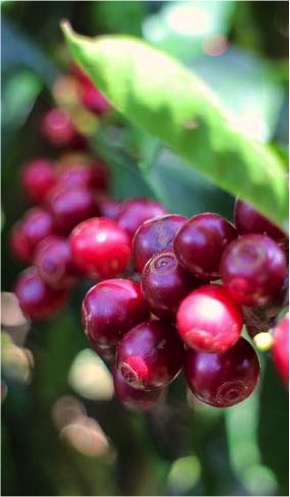
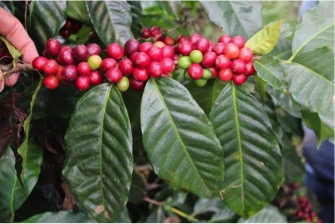
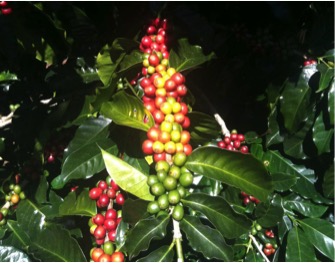
The tree of Caturra is short and the tree of Mundo novo is tall. After mixing, the tree shape is short and compact, which can be closely planted and easy to harvest. Catuai is derived from Guarani multo mom, meaning very good. The cup is good but not too good. The performance of yield and sweetness was similar to that of Cattura, and there was a great correlation between fertilization techniques. The planting density is high, proper fertilization can have high production capacity, trees can resist wind and rain, and the harvest period is only 1 year, but the disadvantage is that they are extremely susceptible to leaf rust, berry disease and nematodes, and their life span is only 10 years. Suitable for planting at an altitude of 1300 meters.
Catuai
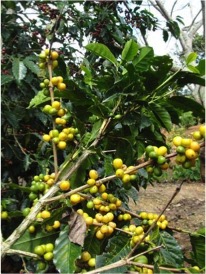
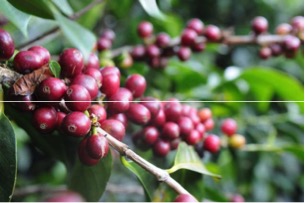
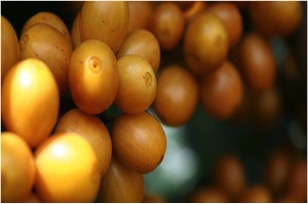
Important Notice :
前街咖啡 FrontStreet Coffee has moved to new addredd:
FrontStreet Coffee Address: 315,Donghua East Road,GuangZhou
Tel:020 38364473
- Prev
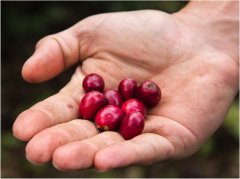
A variety derived from Arabica species & #61548; [Mundo Novo] Mondonopper
For the exchange of professional baristas, please follow the coffee workshop (Wechat official account cafe_style). The natural hybrid between [Mundo Novo] Mondonopper Sumatra (Typica) and Red Bourbon, which is derived from Arabica seed, originated in Brazil and has spread all over the world. The height of the tree is more than three meters, which makes it difficult to harvest. There is a lack of sweetness on the palate and bitterness in the back.
- Next
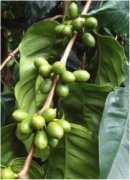
Varieties evolved from Typica [Maragogype] Maragogipe
Professional barista exchanges, please pay attention to coffee workshop (Weixin Official Accounts cafe_style ) varieties evolved from Typica [Maragogype] Maragogype Typica high cluster natural mutation species, 30004000 plants/hectare. In Brazil Bahia named Maragogype found, brown top, bean particles are very large, hence the name of the elephant bean. Low nutrient requirements,
Related
- Does Rose Summer choose Blue, Green or Red? Detailed explanation of Rose Summer Coffee plots and Classification in Panamanian Jade Manor
- What is the difference between the origin, producing area, processing plant, cooperative and manor of coffee beans?
- How fine does the espresso powder fit? how to grind the espresso?
- Sca coffee roasting degree color card coffee roasting degree 8 roasting color values what do you mean?
- The practice of lattes: how to make lattes at home
- Introduction to Indonesian Fine Coffee beans-- Java Coffee producing area of Indonesian Arabica Coffee
- How much will the flavor of light and medium roasted rose summer be expressed? What baking level is rose summer suitable for?
- Introduction to the characteristics of washing, sun-drying or wet-planing coffee commonly used in Mantenin, Indonesia
- Price characteristics of Arabica Coffee Bean Starbucks introduction to Manning Coffee Bean Taste producing area Variety Manor
- What is the authentic Yega flavor? What are the flavor characteristics of the really excellent Yejasuffi coffee beans?

